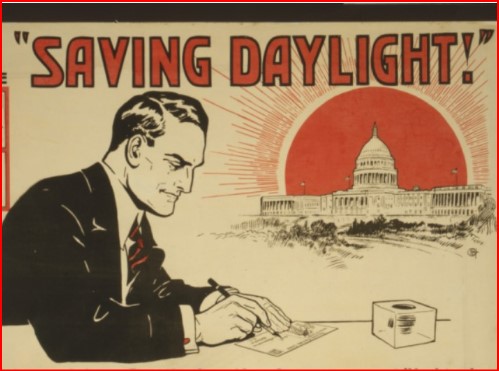As Daylight Saving Time comes to an end on Sunday, November 2, at 2 a.m., Americans will “fall back” one hour. We will be gaining a little extra sleep but also throwing our internal clocks for a loop. The change marks the transition to lighter mornings and darker evenings, a shift designed to make better use of natural daylight as winter approaches. But according to sleep experts, the one-hour difference isn’t as simple for your body as it sounds.
“Quality sleep comes from consistency, not just a few extra minutes in bed,” says Dr. William Lu, Medical Director for Dreem Health. “That extra hour might not translate to feeling more rested, unless your routine and environment support good sleep.”
Daylight Saving Time 2025: When Does the Time Change? | The Old Farmer’s Almanac
Daylight Saving Time 2025: When Does the Time Change and Why? | MSN News
The Origins of Daylight Saving Time
Daylight Saving Time (DST) began more than a century ago as a way to conserve energy and maximize daylight during longer summer days. The idea is often credited to Benjamin Franklin, who suggested adjusting sleep schedules to make better use of daylight in a 1784 essay.



